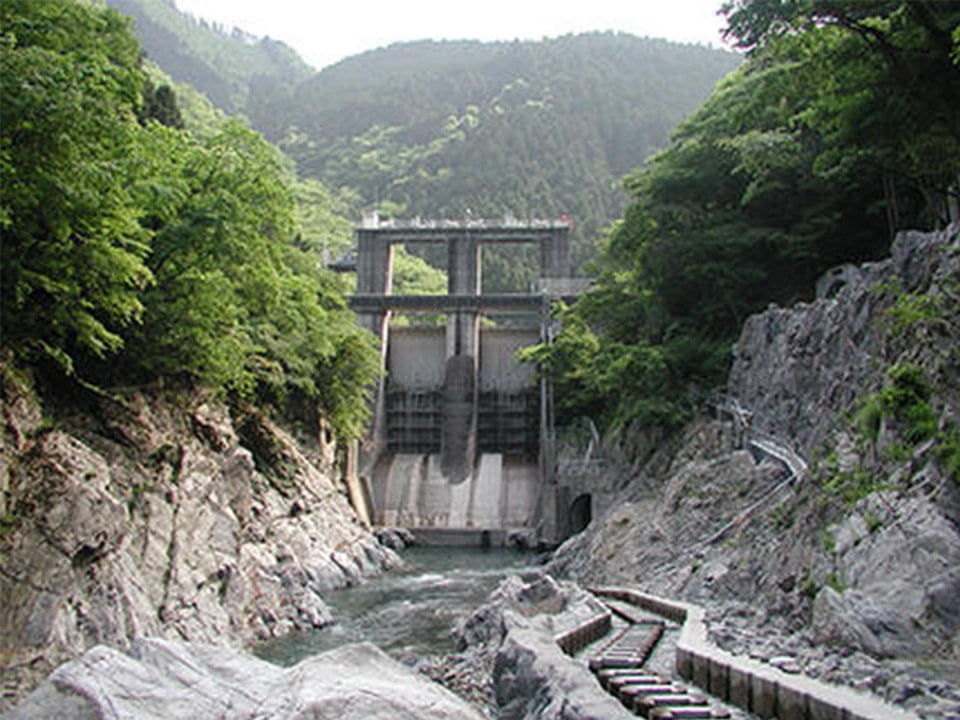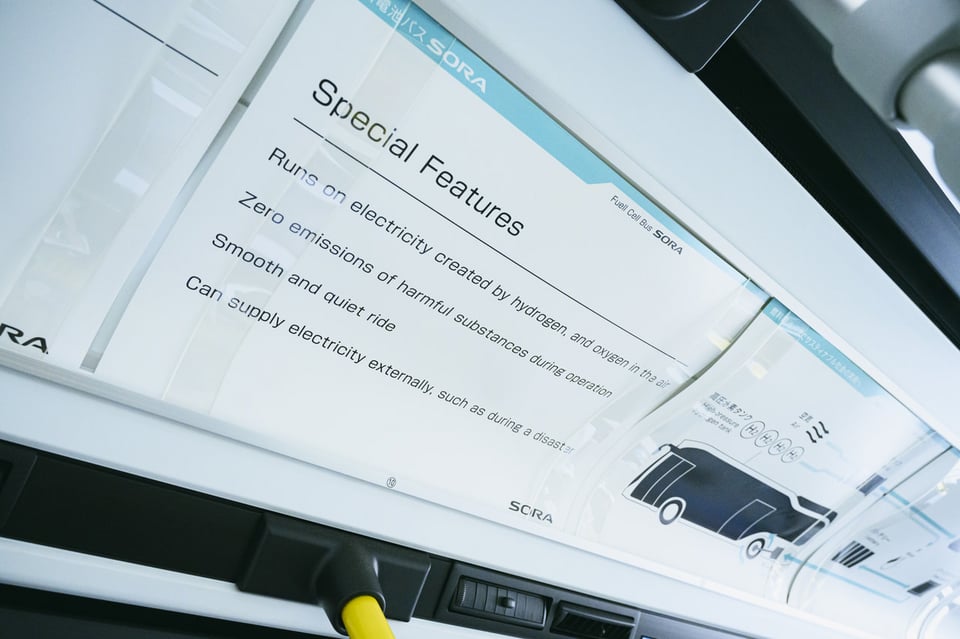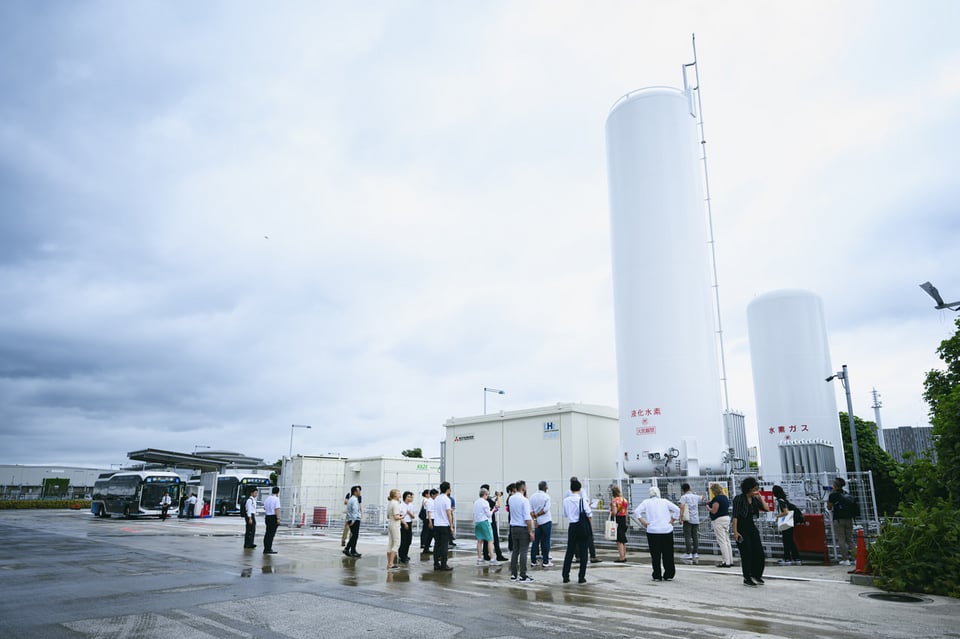
October 02, 2025
Tokyo Transport Energy Initiatives: Local Power, Regeneration, and Hydrogen
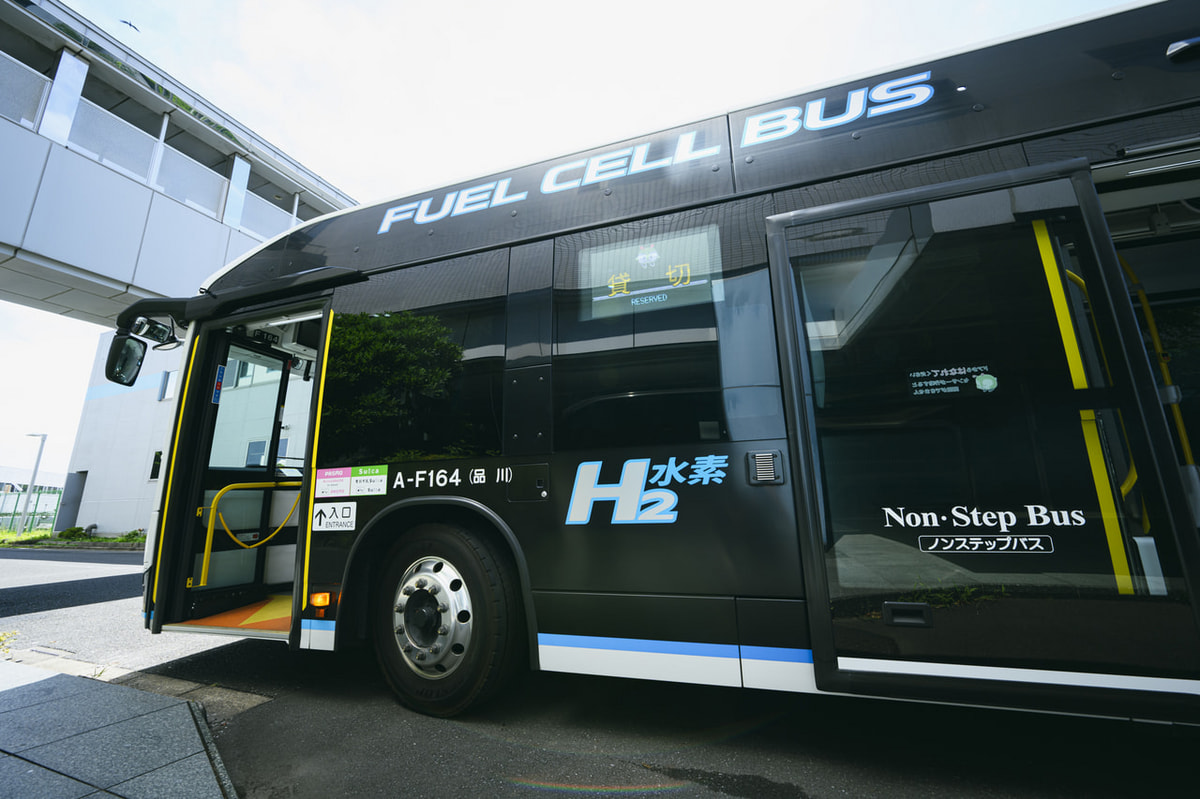
According to the “Global Energy Review 2025” by IEA, energy sector carbon emissions reached a new record in 2024 Total energy-related CO2 emissions increased by 0.8% in 2024, hitting an all-time high of 37.8 Gt CO2. Cities around the world are facing the urgent challenge of taking on decarbonization efforts to avoid the worst global warming scenarios.
Public transportation systems offer a vital way of demonstrating the practicality of greener, more efficient solutions sought by many cities. Tokyo’s transport systems, respected for their convenience, resilience, and innovation, are also advancing cutting-edge efforts in decarbonization.
The Challenge of Sustainable Mass Transit
However, Tokyo also shares challenges faces by many cities, including sourcing the appropriate form of renewable energy, ensuring accessibility for users of all ages and abilities, and providing consistent, reliable green transport. The Japanese capital is introducing cutting-edge measures that lead not only Japan but the world in renewable energy and energy-saving initiatives aimed at decarbonization.
From streetcars powered by renewable energy to fuel cell buses running on hydrogen, the city offers a real-world testing ground for sustainable urban mobility solutions. In this article, we will look at how Tokyo’s tram, subway, and bus systems are contributing to this effort.
The Tokyo Metropolitan Government’s (TMG) Bureau of Transportation (Toei Transportation) operates under a self-sustaining public enterprise model that serves approximately 3.23 million passengers daily (FY2023), playing a vital role in supporting urban life in Tokyo.
A Nostalgic Tram Running on Hydropower
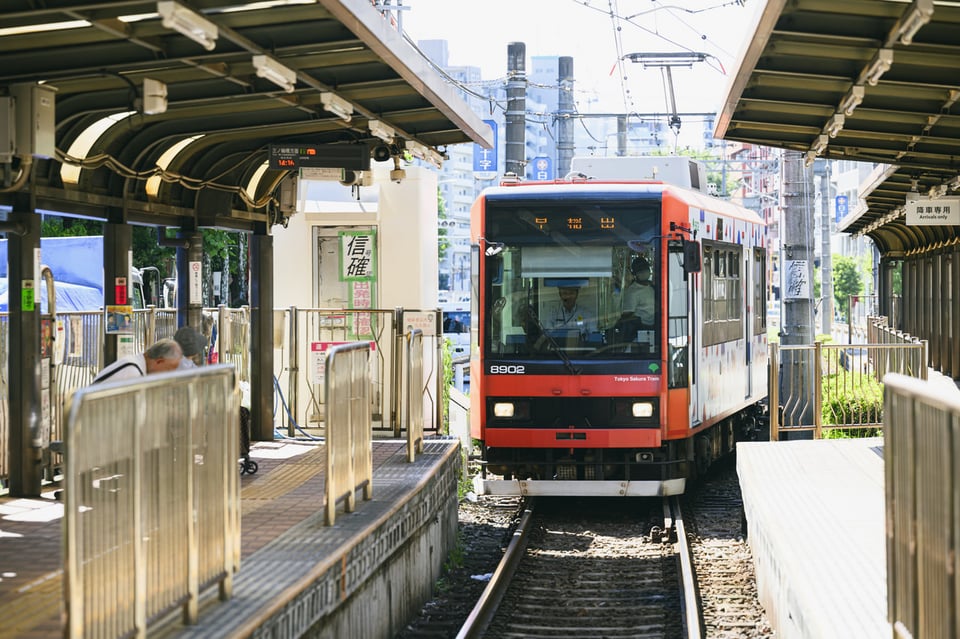
Sakura Tram (Toden Arakawa Line) is an essential transport service for the communities along its line
One example of how Toei Transportation promoting sustainability is the Sakura Tram (Toden Arakawa Line), 12.2-kilometer hybrid tram stretching from Waseda in the west to Minowabashi in the east. The Sakura Tram is the only Toden tramline left in the capital. In operation since 1911, as of 2023 the line’s 33 trams carry some 49,000 passengers a day.
Renewable energy produced in Tokyo is used to power the Sakura Tram. In April 2024, Toei Transportation expanded its use of renewables by switching the Sakura Tram to 100% renewable energy. The energy used is generated at three hydroelectric power plants located in the Tama area.
One such renewable energy source is the Shiromaru Dam. It straddles the Tama River in western Tokyo, creating the Lake Shiromaru reservoir, and makes use of the river’s abundant flow to generate renewable energy through the Shiromaru Power Plant and the No. 3 Tamagawa Power Plant. Today, the Sakura Tram continues to carry passengers on a nostalgic journey through historic residential areas of the capital while embracing modern conveniences and sustainability.
Oedo Line: Powering Trains and Stations with Regenerative Braking
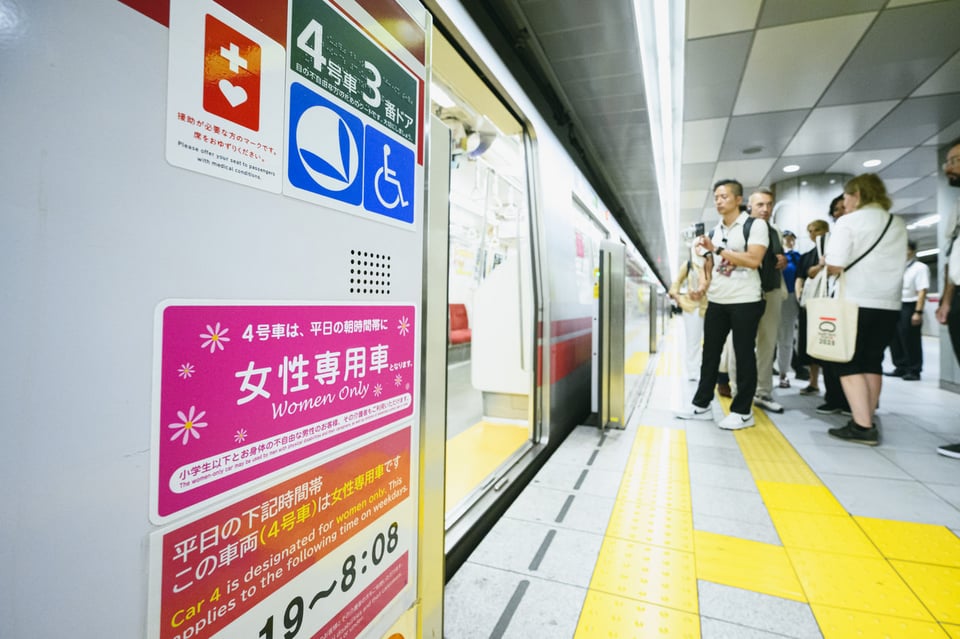
Tochomae Station. The Toei Subway Oedo Line was the first subway in Tokyo to adopt the linear motor drive system
The Toei Subway Oedo Line, which began full operations in 2000, is another way that Tokyo is providing efficient public transportation. At 40.7 kilometers, it’s the longest single subway line in Japan, comprising a total 38 stations. Notable for its application of linear motor drive technology, the line also uses smaller tunnels that are only half the cross-sectional area of conventional large-scale subways, saving construction costs.
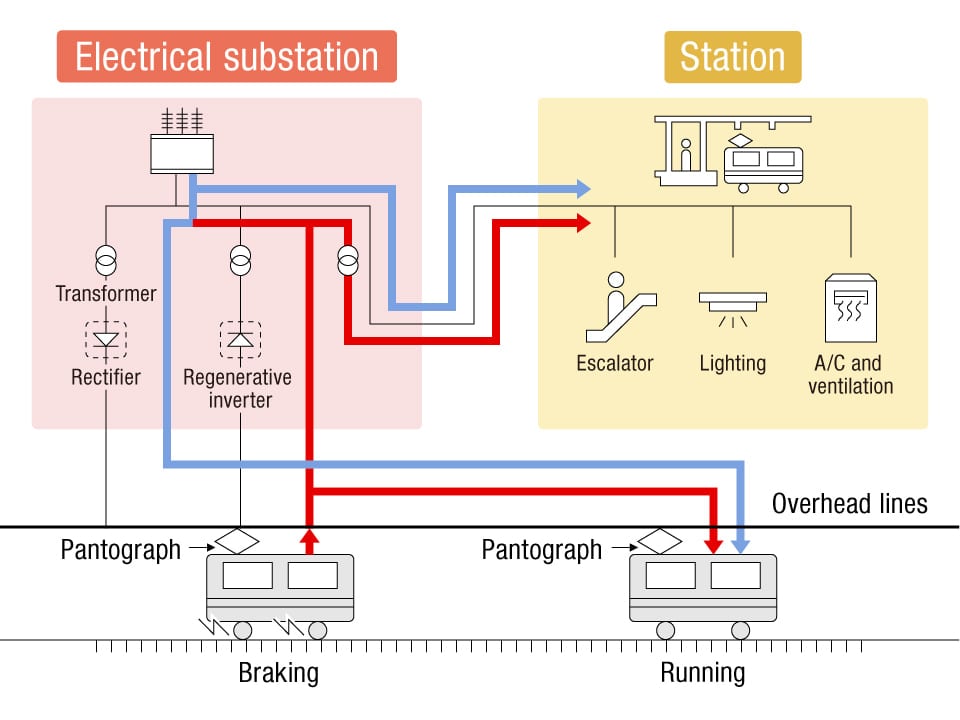
The Toei Subway Oedo Line adopts a regenerative braking system on all of its trains, serving as one of its key environmental initiatives
Trains require a large amount of electricity to accelerate. When Oedo Line trains brake, however, their motors use a regenerative braking system to capture some of the kinetic energy that would otherwise be lost as heat. The energy is converted to electricity, returned to overhead wires, and used to power other trains, or alternatively sent to a substation and subsequently used to power station facilities such as lighting and escalators.
Harnessing Hydrogen for Greener Buses
In 2017, as countries around the world mobilized to fight climate change, Toei Bus was the first bus service in Japan to introduce hydrogen fuel cell buses, which do not emit greenhouse gases such as CO₂. Their adoption accelerated in the run-up to the Tokyo 2020 Olympic and Paralympic Games, when TMG deploy 70 buses. By April 2025, the fleet had grown to 80 buses, with plans to expand further in the future.
A crucial piece of infrastructure in this growth was the opening in 2025 of the Ariake Bus Depot, home to Iwatani Cosmo Hydrogen H2 Station Ariake, Japan’s first in-depot hydrogen fueling station.
The facility can store up to about 3,000 kilograms of liquid hydrogen. It takes about 10 minutes to refuel each bus with some 15 kilograms of hydrogen, so the station can service about 8 buses per hour with its two refueling lines. While Toei also operates two EV buses, hydrogen fuel cell buses offer rapid fueling and greater range.
Toei uses green hydrogen produced at the Fukushima Hydrogen Energy Research Field (FH2R) in Namie, a world-leading plant powered by solar energy. By drawing on Fukushima’s “CO₂-free hydrogen,” Tokyo is promoting wider use of green hydrogen across the capital as part of its Zero Emission Tokyo Strategy (2019), including expanding hydrogen stations. The hydrogen fuel cell buses also serve as a model for long-term, zero-emission transit solutions.
Key Findings and Conclusions
To share knowledge and insights about common transport issues, on July 31 and August 1, 2025, TMG hosted working-level staff from the Global Network for Sustainability (G-NETS), an international network of cities dedicated to green transport solutions. Participants representing 11 cities focused on initiatives in renewable energy and energy efficiency during a tour of Tokyo’s public transport systems. The two-day visit allowed participants to observe these systems in practice and discuss how similar approaches might be adapted in their own contexts.
“I was particularly impressed by energy transition progress, particularly the number of fuel cell buses and how the Sakura Tram runs on renewable energy.” “We have a significant cost barrier and lack of access to the latest technologies.”
Including cities that have participated in G-NETS, many overseas cities are also adopting some of the same solutions as Tokyo, such as fuel cell buses and regenerative subway braking.
In Seoul, the municipal government has been converting public buses into hydrogen-powered fuel cell buses, aiming to have 1,300 fuel cell buses by 2026. It also plans to convert its entire fleet of 450 diesel buses serving Incheon International Airport to fuel cell by 2030. The government decided on the measures because while large diesel buses emit 30 times more greenhouse gases and 43 times more air pollutants than regular cars, fuel cell buses can refuel in under 30 minutes and travel at least 600 kilometers on a tank, comparable to the range of gasoline-powered cars.
In Barcelona’s MetroCharge project, 16 subway stations harvest energy from train brakes and use it to power station facilities or direct it to street level, where it is used at EV charging stations. The MetroCharge initiative also includes solar panels and covers the energy requirements of 28 of the subway’s 163 stations, saving 6% of the network’s total energy. The government of Catalonia has also built a hydrogen refueling station for its fleet of fuel cell buses.
Tokyo and its partner cities around the world are increasingly expected to provide greener public transportation services as part of a broader decarbonization movement, by utilizing renewable energy sources and using energy more efficiently. By working together, cities can share best practices and insights into cutting carbon emissions and tackling climate change.
